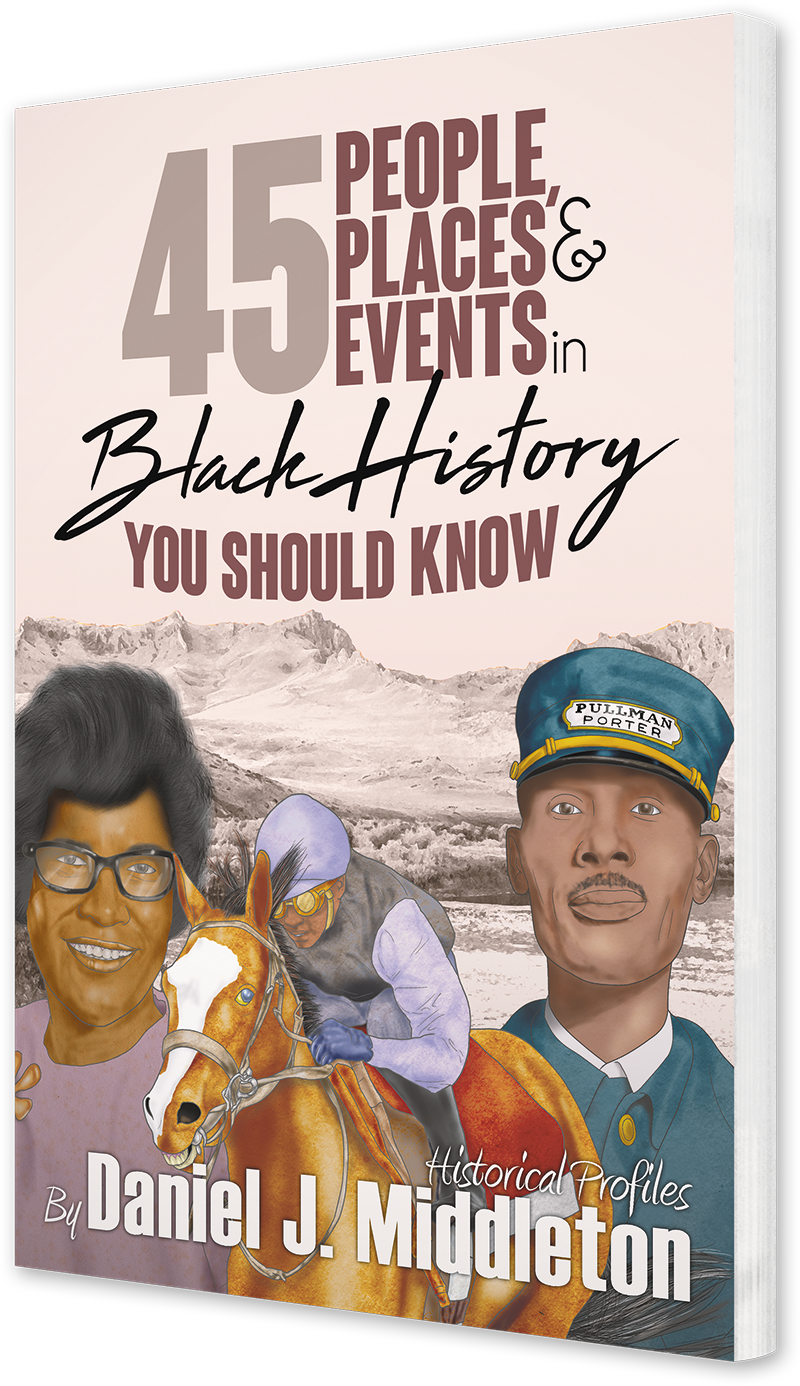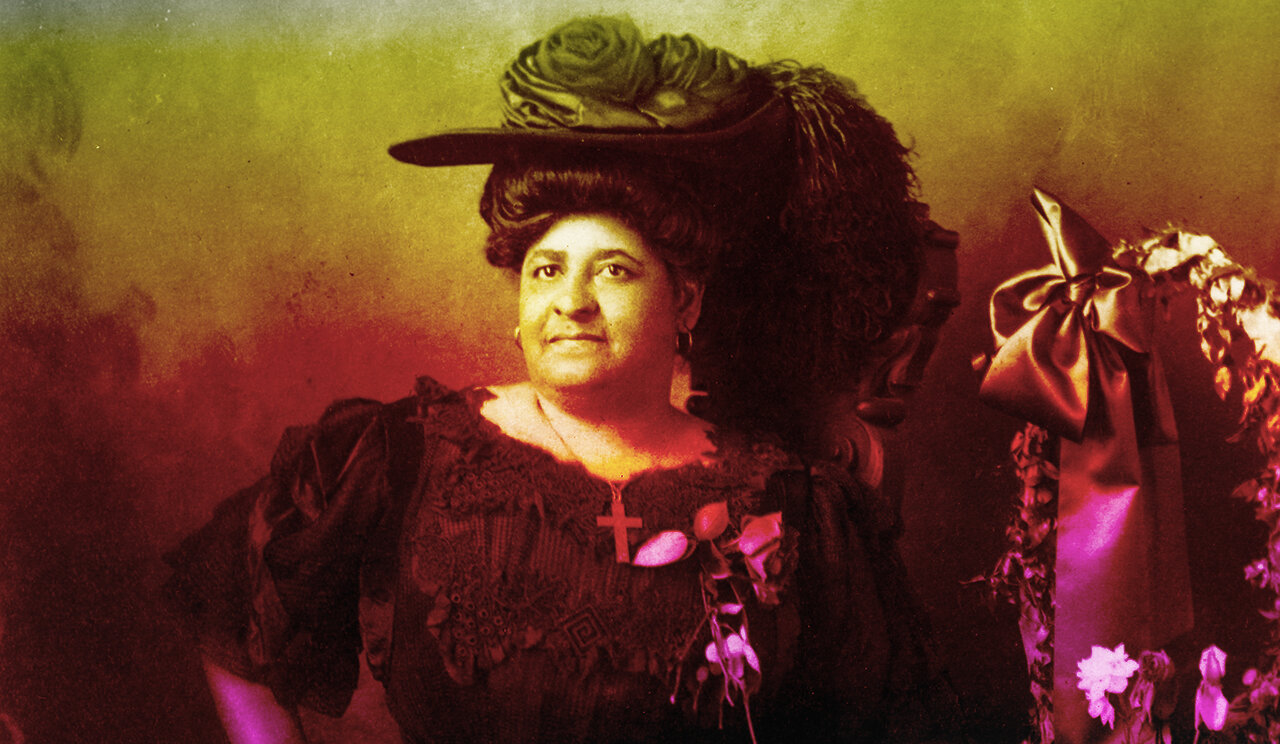Maggie Lena Walker
The First Black Female Owner of a U.S. Bank
Maggie Lena Walker. Photo in the public domain.
Though born to a former slave, Maggie Lena Walker became a civic leader, being named grand secretary of the Independent Order of St. Luke (IOSL). Once a burial society, the IOSL grew into a fraternal order that offered life insurance and death benefits to its black members. White firms denied black Americans these privileges during Jim Crow. But under Maggie’s leadership, the IOSL focused on the social and financial advancement of the black community.
Maggie also founded a paper called St. Luke Herald. It reported the ongoing efforts of the IOSL and the various issues blacks faced in America. And despite existing laws that discriminated against women and black Americans, Maggie—being both—defied them by becoming the first black woman to establish a bank in the United States. The St. Luke Penny Savings Bank, of which Maggie was president, was built in Richmond in 1903.
Educated by anti-slavery Quakers in Philadelphia, Elizabeth Van Lew became a Southern abolitionist. After she completed her education, she returned to Richmond, Virginia. Her father later died, and Van Lew convinced her mother to free the blacks they had enslaved. Though the state of Virginia seceded from the Union, Van Lew used her fortune to spy for Union forces and support their efforts during the Civil War. Elizabeth Van Lew mansion photo courtesy of the Library of Congress.
Maggie was born Maggie Lena Draper in Richmond, Virginia, on July 15, 1864. Her mother, Elizabeth Draper, worked on a large estate owned by a white woman named Elizabeth Van Lew—she was an abolitionist and spy for Union forces during the Civil War. Maggie was born on the estate while her mother worked as an assistant cook. It was there that Elizabeth Draper met an Irish American named Eccles Cuthbert. He was Maggie’s biological father. Her parents never married, and shortly after she was born, Maggie’s mother married the butler of the Van Lew estate, William Mitchell. In 1870, Elizabeth gave birth to Maggie’s half-brother, John Mitchell.
Maggie’s stepfather, William, left the Van Lew estate to become a head waiter at Saint Charles Hotel, a prestigious establishment in Richmond. He moved the family to a small house in College Alley, not far from the Medical College of Virginia. Disaster struck in February 1876, when authorities discovered the body of William Mitchell in the James River. Police ruled his death a suicide by drowning, but his wife suspected murder. Since William was the sole provider, Elizabeth and her children sank into poverty.
Elizabeth opened a laundry business to make ends meet. Maggie helped by delivering clean laundry to white customers in the neighborhood, which she carried in a basket balanced on her head. With access to white society, Maggie witnessed firsthand the disparity that existed between her culture and theirs. For years, Maggie was impacted by how well average whites fared compared to most blacks, and she devoted a considerable amount of her life to narrowing the divide.
Though she was poor, Maggie was still able to attend new segregated schools in Richmond. She studied at the Valley School, the Navy Hill School, and Richmond Colored Normal School, which trained future teachers. While attending the Normal School, Maggie joined the Independent Order of St. Luke, the black fraternal society. She graduated from the Normal School in 1883 and began teaching students at Valley School. She did so for the next three years until she married Armstead Walker, Jr. on September 14, 1886. School policy dictated that female teachers must be unmarried. Armstead was a brick contractor for the construction and bricklaying business owned by his family.
“For years, Maggie was impacted by how well average whites fared compared to most blacks, and she devoted a considerable amount of her life to narrowing the divide.”
Maggie dedicated herself to married life as much as to her work with the IOSL over the next decade. She gave birth to three children—a son named Russell (born in 1890); another son named Armstead (born in 1893), who died seven months later; and the youngest son, Melvin (born in 1897). The couple also adopted a daughter named Polly Anderson. While adjusting to motherhood, Maggie enjoyed a steady rise up the ranks of the IOSL. In 1895, she was named grand deputy matron of the order.
Pictured from left to right are Mattie Dawson, Maggie Lena Walker, and Emeline Johnson. Maggie installed the two young women as officers in the Independent Order of Saint Luke’s juvenile branch. Photo courtesy of the Valentine Richmond History Center.
During this time, she also organized a juvenile branch of the IOSL to prepare the next generation to engage in social activism. Four years after her promotion, Maggie rose to the level of grand secretary of the IOSL, the order’s highest leadership position. Maggie held the post for the rest of her life. She took over leadership when the organization was near bankruptcy. But in 1901, Maggie introduced a sweeping plan to revitalize the IOSL. As she implemented each stage of her proposal, the order not only survived but also expanded its reach.
Maggie launched the newspaper St. Luke Herald in 1902 to inform members of local IOSL chapters of ongoing efforts and achievements. Within another year, she founded the St. Luke Penny Savings Bank, of which she presided as president until 1929. In the twenty-five years she sat as grand secretary of the IOSL, it went from a deep deficit to collecting shy of $3.5 million with nearly $100,000 in reserve funds and around 100,000 members across twenty-four states.
Maggie continued the organization’s expansion by opening the St. Luke Emporium, a department store catering to black Americans. It offered affordable goods and job opportunities for black women. Maggie introduced these enterprises in her original plan, which intended to open the black community to financial independence. As a result of the penny savings bank and its success, many black families achieved homeownership in the community, and a black middle class thrived.
Maggie and the IOSL did face setbacks during this period. A new Virginia law requiring financial institutions and fraternal societies to remain separate forced the St. Luke Penny Savings Bank to become independent in 1910. A year later, the St. Luke Emporium, which was never profitable, closed its doors. Another family tragedy compounded the struggles she faced with the order. In 1915, her son Russell Walker was alarmed one night by what he thought was an intruder. He shot the person in a panic, but it turned out to be his father returning home. Russell was arrested and tried for murder after spending five months in prison, but he was proven innocent.
The incident stayed with him for years. Unable to recover from severe depression, which drove him to alcoholism, Russell Walker died on November 23, 1923. Maggie, meanwhile, developed diabetes and received a leg wound. Her deteriorating health left her in a wheelchair until the end of her life. But she remained dedicated to her work with the IOSL. Due to complications from diabetes, Maggie died on December 15, 1934, at age 70. She rests in Richmond’s Evergreen Cemetery.
You may also be interested in:

This article appears in 45 People, Places, and Events in Black History You Should Know.
Available from Amazon.com, BN.com, and other retailers.





Robert F. Smith is a black American businessman, investor, philanthropist, and chemical engineer. He is the founder of the private equity firm Vista Equity Partners, of which he is also chairman and CEO.